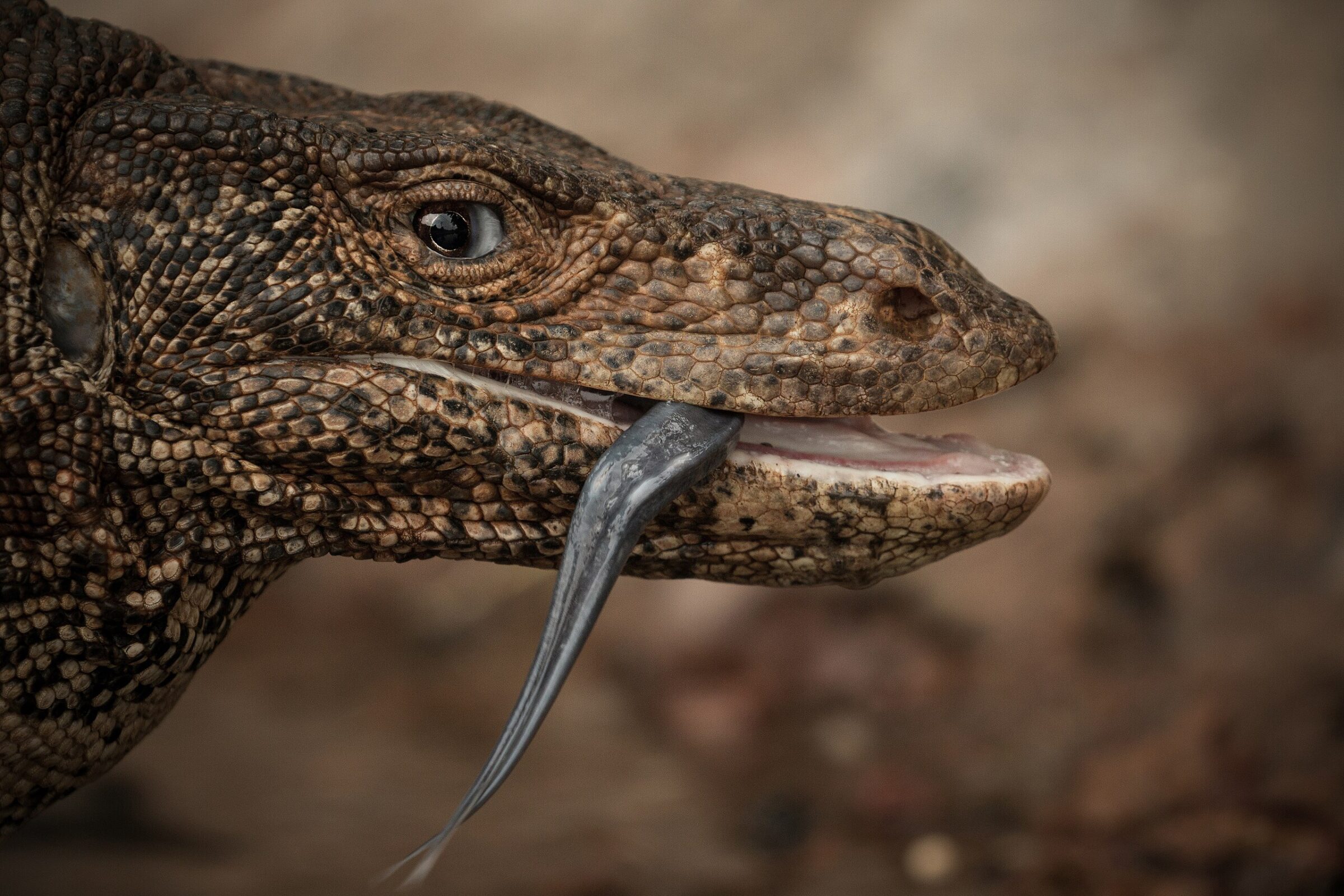 Evolution
Evolution
 Neuroscience & Mind
Neuroscience & Mind
There Is No Known Evolutionary Rule for Animal Intelligence

Cambridge neuropsychologist Nicholas Humphrey argues that warm-bloodedness (endothermy) enables mammals and birds to be more sentient than, say, cold-blooded reptiles and fish. In an excerpt from his book, Sentience: The Invention of Consciousness (MIT Press 2023), he argues that that development put these endotherms on the road to consciousness.
A Surprising Fact About Warm-Bloodedness
Humphrey points out that while warm-bloodedness is metabolically expensive — we need lots of food to maintain a high body temperature — it’s not a stepwise expense by any means:
For one thing, as temperature goes up various bodily processes actually become more energetically efficient, so the costs can be partially offset. In particular, the cost of sending an impulse along a nerve decreases until it reaches a minimum at about 37 degrees Celsius. The result is that, although the overall running costs for the body go up with being warm-blooded, the costs for the brain are reduced. This means that mammals and birds can support larger and more complex brains with relatively little extra outlay of energy.
NICHOLAS HUMPHREY, “DID WARM-BLOODEDNESS PAVE THE PATH TO SENTIENCE?,” MIT PRESS, APRIL 15, 2024
He asks us to consider how warm-bloodedness might specifically affect the qualities we associate with intelligence:
It’s a well-established fact of physiology that the functional characteristics of neurons change with temperature. It’s been found for a range of animals — warm and cold-blooded — that the conduction speed for all classes of neurons increases by about 5 percent per degree Centigrade, while the refractory period decreases by roughly the same amount. This implies that when the ancestors of mammals and birds transitioned from a cold-blooded body temperature of, say, 15 degrees Celsius (59 degrees Fahrenheit) to a warm-blooded temperature of 37 degrees Celsius, the speed of their brain circuits would have more than doubled.
We’ve remarked already on the “lucky accidents” that have, at several points, played a part in the evolution of sensations. If warm-bloodedness played these key roles, first in changing the way animals thought about the autonomy of the self, second in preparing the brain for phenomenal consciousness, here was an accident as lucky as they come.
HUMPHREY, “PATH TO SENTIENCE?”
But the Situation Is Not Clear-Cut
When researchers have tested reptiles, using the same tests used on birds, the results have been surprising:
The lizards’ success on a worm-based test normally used on birds was “completely unexpected,” said Duke biologist Manuel Leal, who led the study.
He tested the lizards using a wooden block with two wells, one that was empty and one that held a worm but was covered by a cap. Four lizards, two male and two female, passed the test by either biting the cap or bumping it out of the way.
The lizards solved the problem in three fewer attempts than birds need to flip the correct cap and pass the test, Leal said. Birds usually get up to six chances a day, but lizards only get one chance per day because they eat less. In other words, if a lizard makes a mistake, it has to remember how to correct it until the next day, Leal said. He and Duke graduate student Brian Powell describe the experiment and results online in Biology Letters.
ASHLEY YEAGER, “BRAINY LIZARDS PASS TESTS FOR BIRDS,” DUKE TODAY, JULY 12, 2011
Significantly, the lizards had to learn a new task. They don’t feed themselves in the wild by flipping caps. And when the researchers raised the bar by switching which well held the worm, two of the lizards figured it out. As a result, the researchers named them Plato and Socrates.
That’s hardly the only instance of reptile intelligence observed by researchers. For example, the New York Times interviewed comparative psychologist Gordon M. Burghardt on monitor lizards:
Other studies have documented similar levels of flexibility and problem solving. Dr. Burghardt, for instance, presented monitor lizards with an utterly unfamiliar apparatus, a clear plastic tube with two hinged doors and several live mice inside. The lizards rapidly figured out how to rotate the tube and open the doors to capture the prey. “It really amazed us that they all solved the problem very quickly and then did much better the second time,” Dr. Burghardt said. “That’s a sign of real learning.”
EMILY ANTHES, “COLDBLOODED DOES NOT MEAN STUPID,” NEW YORK TIMES, NOVEMBER 19, 2013
Training a Reptile
Anoles and monitor lizards are considered to be among the most intelligent lizards. But it hasn’t been customary until recently to credit any lizards with much intelligence. That may be due to mishandling in some cases. Anthes notes at the Times that tests for reptile intelligence should take into account normal differences between, say, mammal behavior and reptile behavior: “By using experiments originally designed for mammals, researchers may have been setting reptiles up for failure. For instance, scientists commonly use “aversive stimuli,” such as loud sounds and bright lights, to shape rodent behavior. But reptiles respond to many of these stimuli by freezing, thereby not performing.”
Warm-bloodedness enables the mammal and the bird to be active for much longer than the reptile and to be active in colder temperatures. Thus, mammals and birds likely encounter more situations where they can (and must) demonstrate sentience and intelligence. But warm-bloodedness does not seem to be an essential component of those qualities.
Animal Intelligence Remains Something of a Mystery
One thinks of the invertebrate octopus and the brainless crab, which pass animal intelligence tests while breaking all the rules about which life forms are supposed to be smart. If there is a fixed evolutionary rule about which types of animals are intelligent, it has not been discovered yet.
Cross-posted at Mind Matters News.
